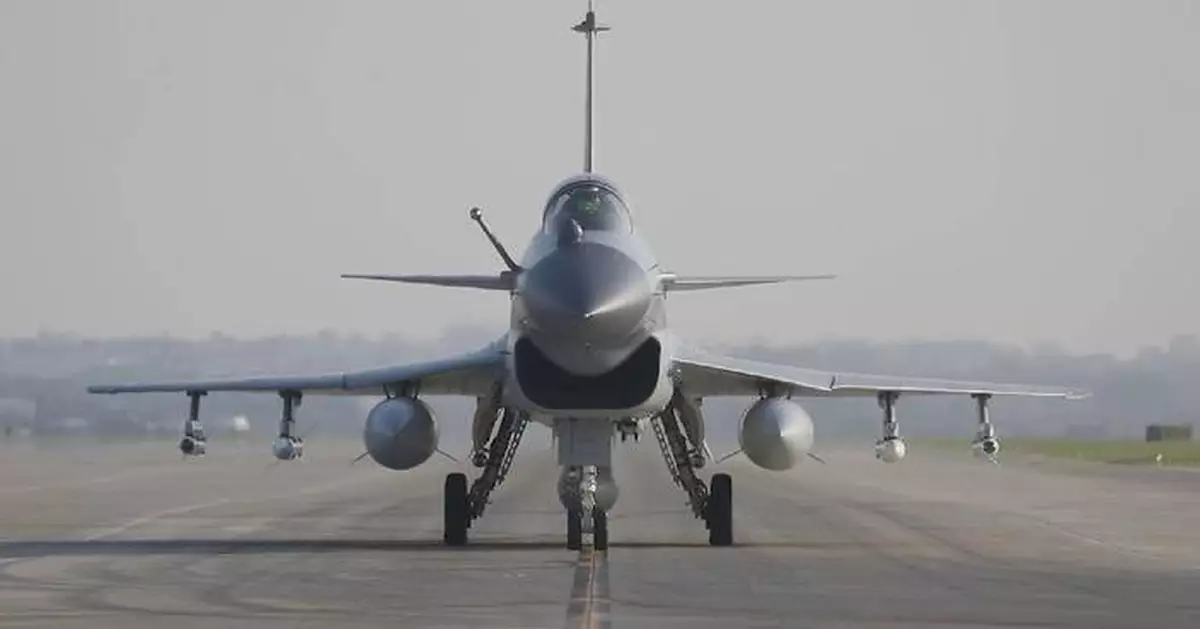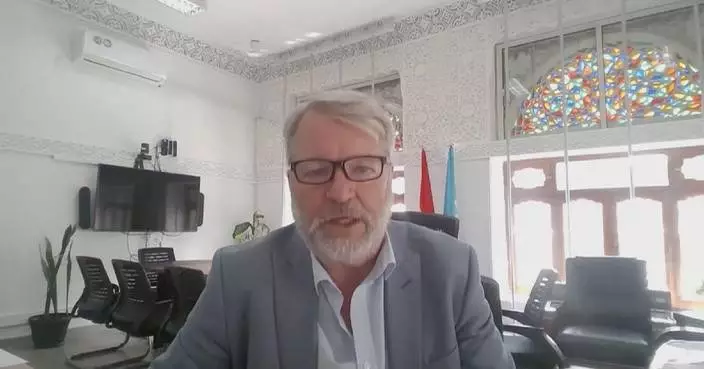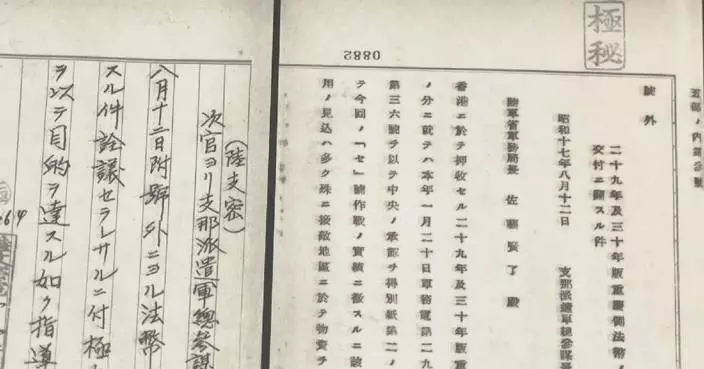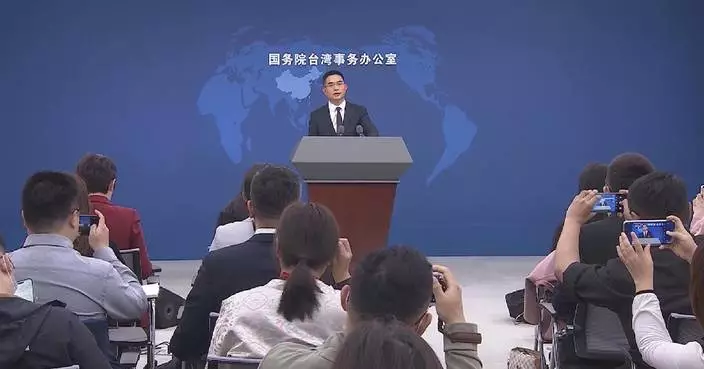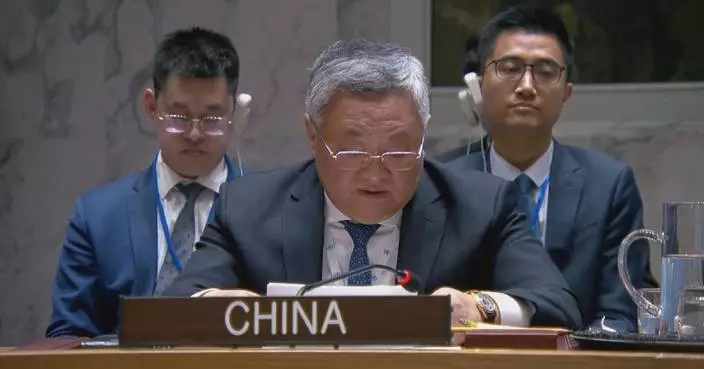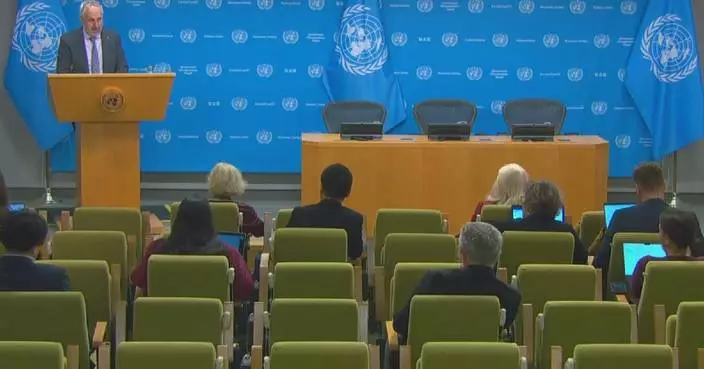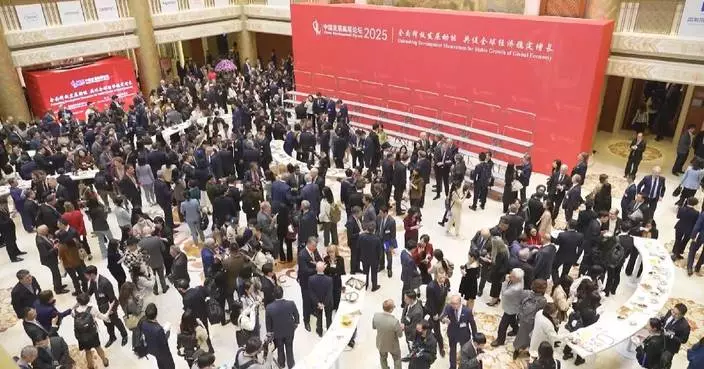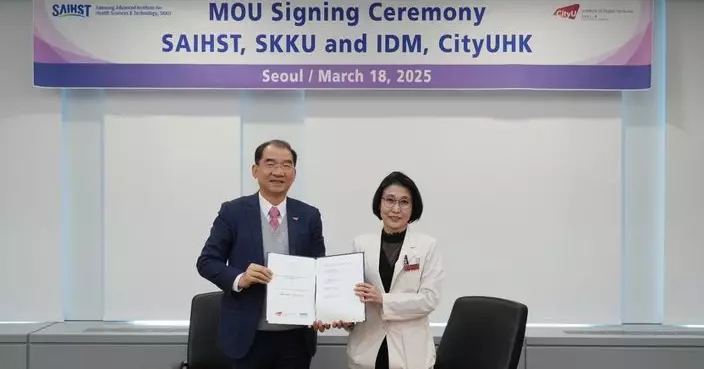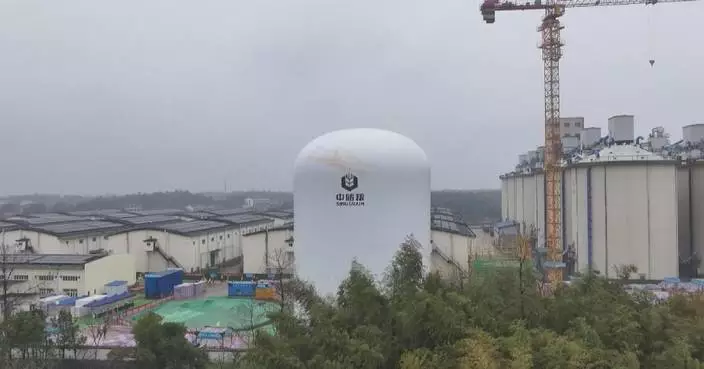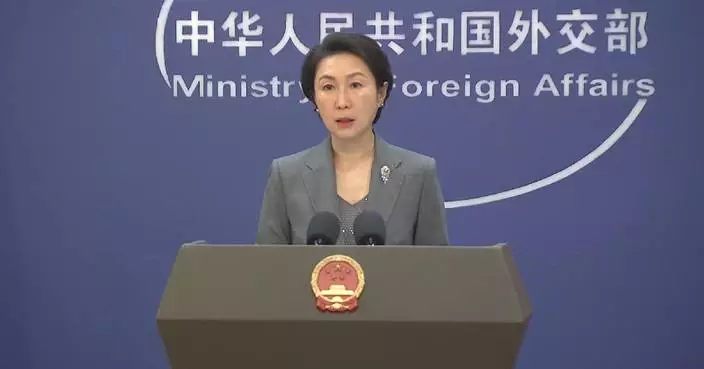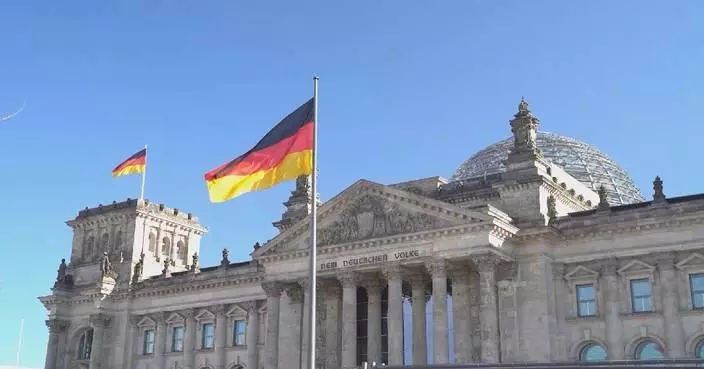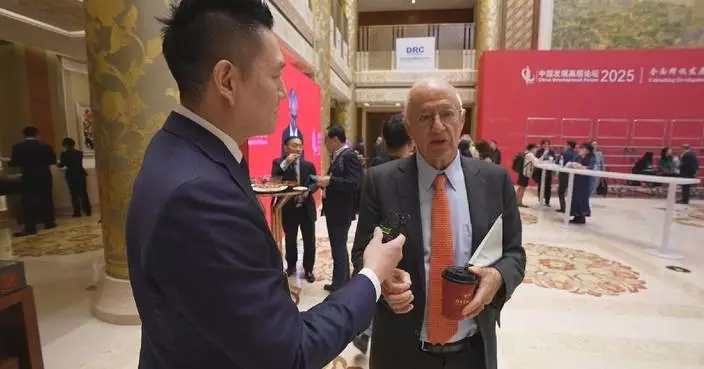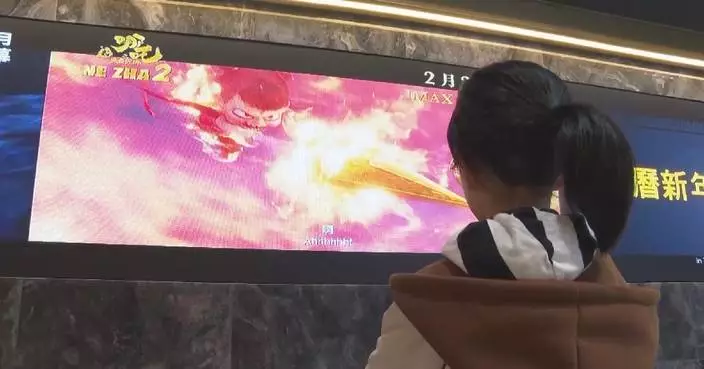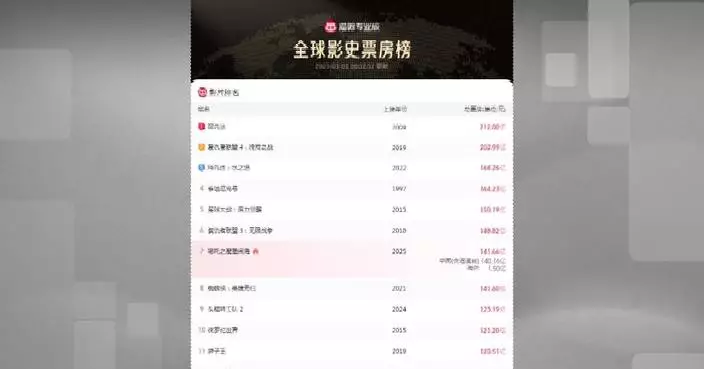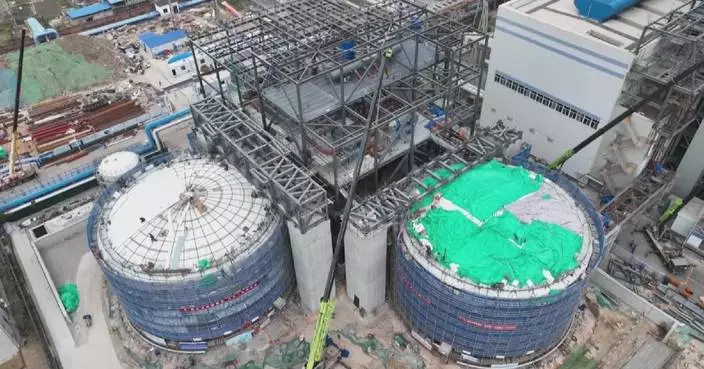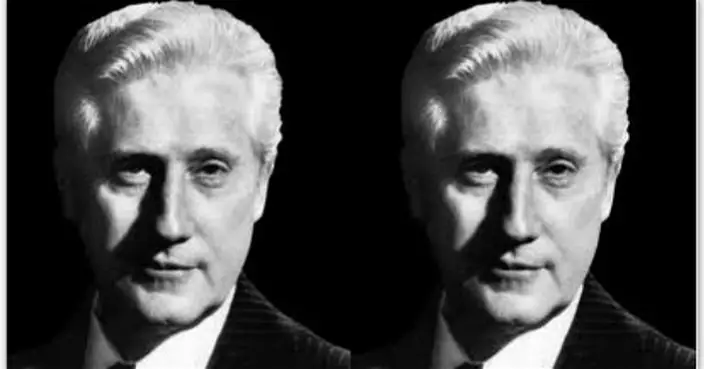The Eastern Theater Command of the Chinese People's Liberation Army (PLA) on Monday organized its troops of army, navy, air force and rocket force to conduct military drills in the Taiwan Strait and in areas to the north, south and east of the island of Taiwan, said a spokesperson.
Li Xi, spokesperson for the theater command, said the "Joint Sword-2024B" drills focus on joint sea-air combat readiness patrols, blockade and control of key ports and areas, strikes on sea and land targets, and joint seizure of comprehensive superiority, so as to test the joint real combat capabilities of the theater command's troops.
Click to Gallery
PLA conducts "Joint Sword-2024B" drills surrounding Taiwan Island
PLA conducts "Joint Sword-2024B" drills surrounding Taiwan Island
PLA conducts "Joint Sword-2024B" drills surrounding Taiwan Island
PLA conducts "Joint Sword-2024B" drills surrounding Taiwan Island
PLA conducts "Joint Sword-2024B" drills surrounding Taiwan Island
The drills involve vessels and planes closing in on the island from multiple directions and assaults by joint forces, Li said.
The drills serve as a powerful deterrent to the separatist activities of "Taiwan independence" elements, and are legitimate and necessary actions to safeguard national sovereignty and national unity, Li said.
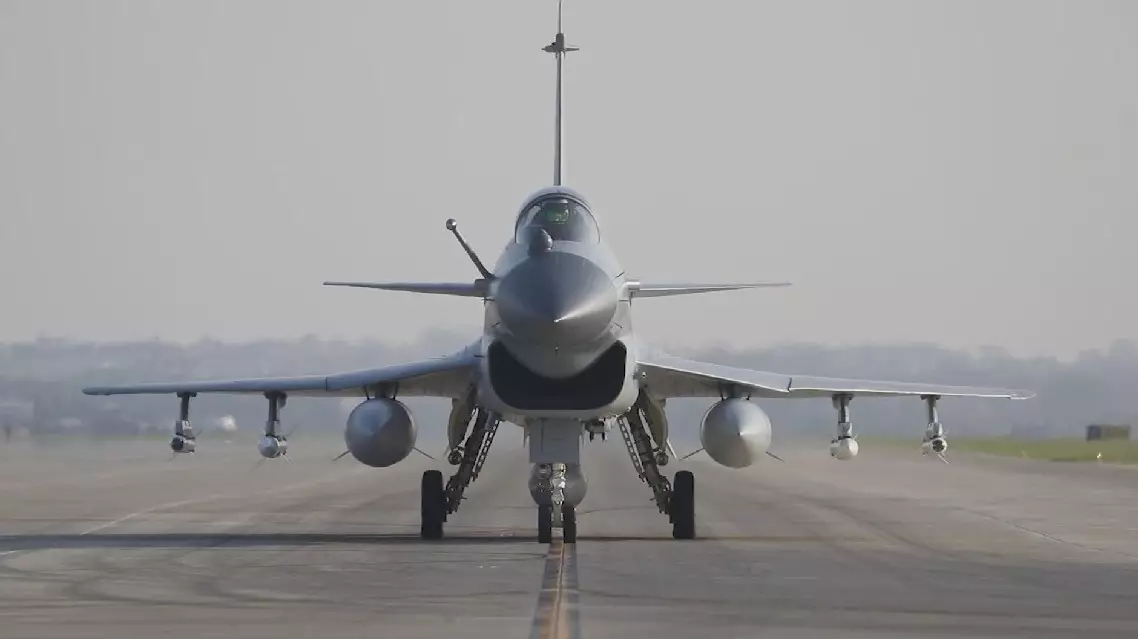
PLA conducts "Joint Sword-2024B" drills surrounding Taiwan Island
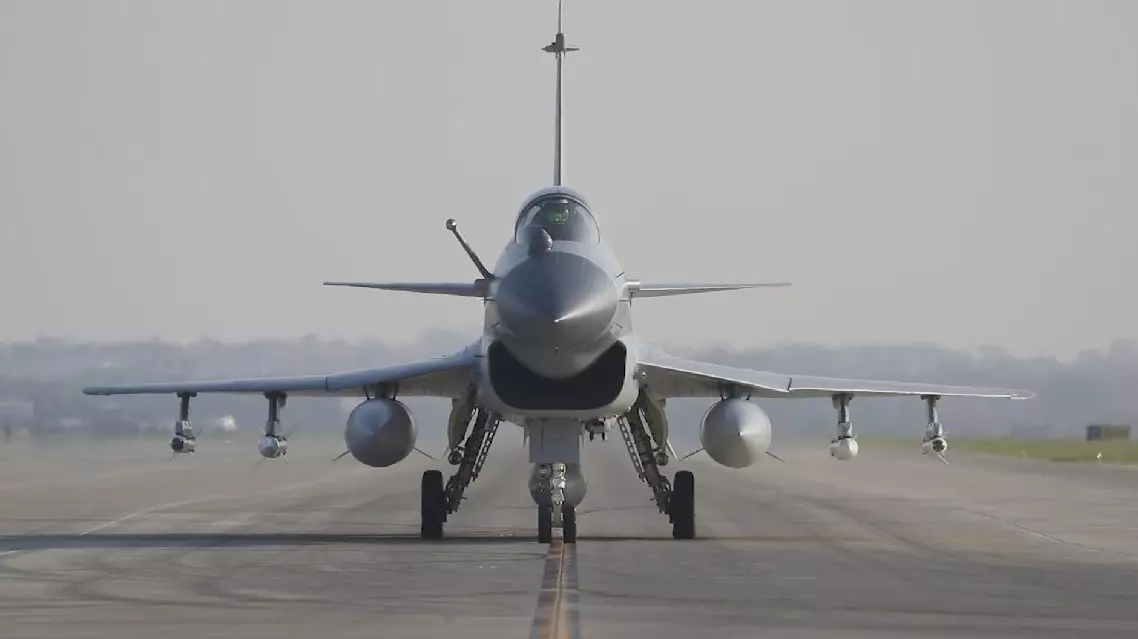
PLA conducts "Joint Sword-2024B" drills surrounding Taiwan Island

PLA conducts "Joint Sword-2024B" drills surrounding Taiwan Island
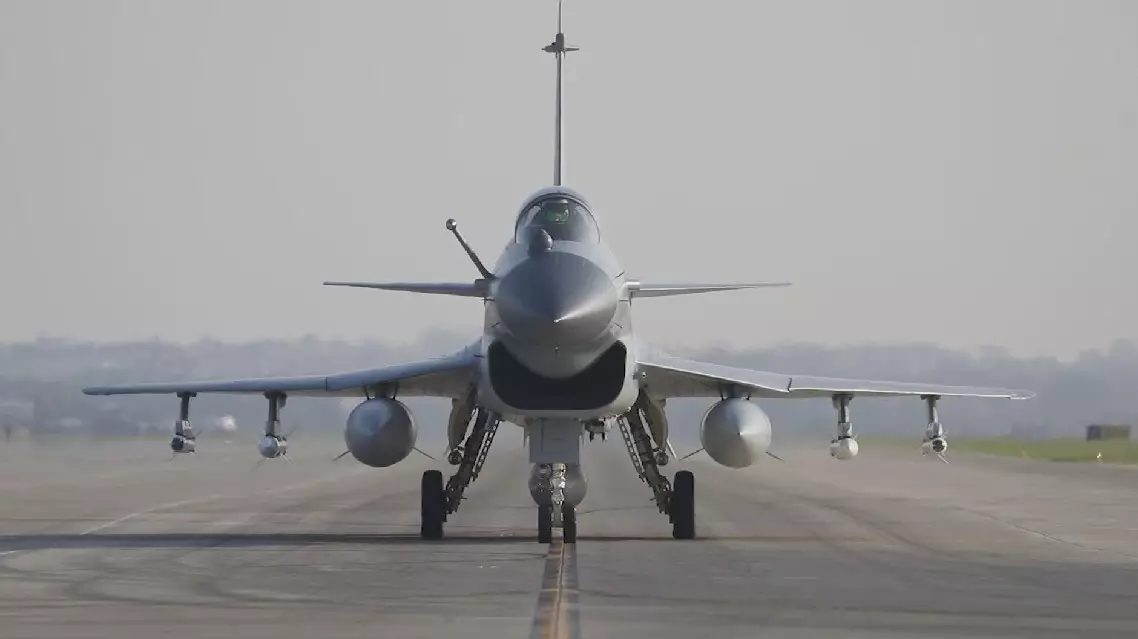
PLA conducts "Joint Sword-2024B" drills surrounding Taiwan Island
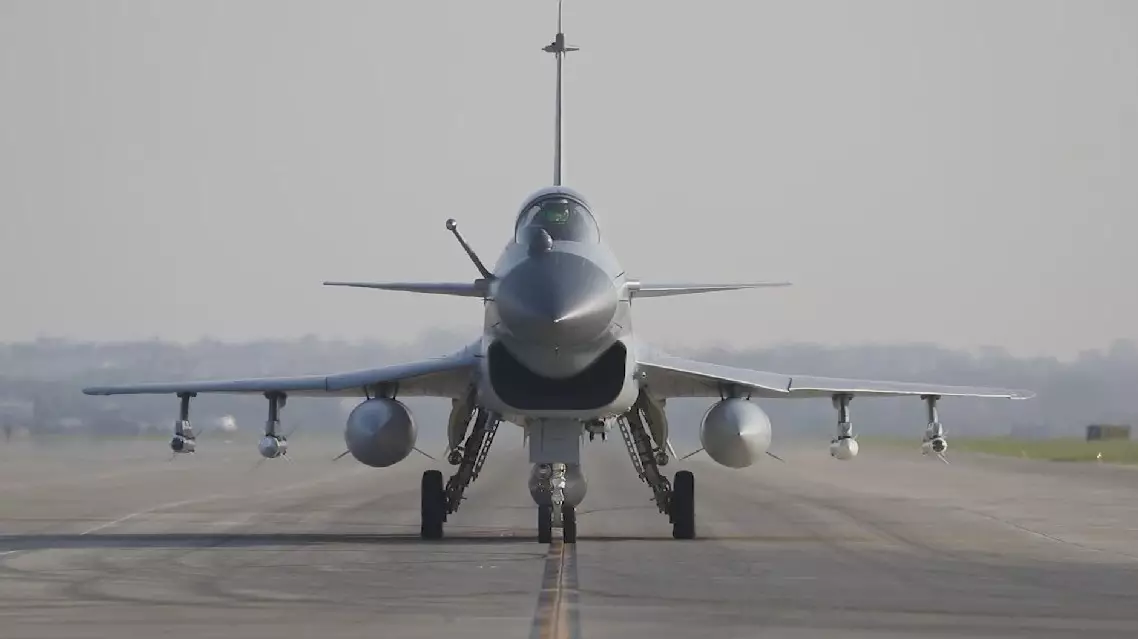
PLA conducts "Joint Sword-2024B" drills surrounding Taiwan Island
The Boao Forum for Asia (BFA) has become more indispensable than ever in today's fast-evolving global landscape, according to Tan Kong Yam, an Emeritus Professor of Economics with the School of Social Sciences, Singapore's Nanyang Technological University.
The Boao Forum for Asia 2025 Annual Conference opened on Tuesday in the town of Boao in south China's Hainan Province.
With the theme "Asia in the Changing World: Towards a Shared Future", the four-day forum has attracted nearly 2,000 attendees from more than 60 countries and regions to participate in more than 50 events and many bilateral events, according to the press conference.
"We are currently living through an era of profound global changes, marked by rising geopolitical tension, economic fragmentation, the climate crisis and disruptive technological shift all occurring simultaneously. In such a complex environment, dialog platforms like the Boao Forum for Asia has not diminished in importance, rather they have become even more indispensable than ever before," said Tan.
The BFA provides a distinctive Asian perspective for improving global governance, as well as more opportunities for developing countries and Global South countries to voice their opinions, said Tan.
"Boao has a unique positioning as a high-level dialog platform. Centered on Asia, Boao distinguishes itself from other international forums typically dominated by the West. It provides a valuable opportunity for developing countries, especially those in Asia and the Global South, to make their voices heard. Boao Forum is critical for promoting regional cooperation, especially in key areas such as infrastructure, trade, green development and the digital economy. The forum is a platform for soft power. In an increasingly multi-polar world, Boao helps build trust through dialogs," he said.
Tan also highlighted that Chinese economy shows remarkable resilience, marked by advancements across various sectors, including artificial intelligence.
"The overall outlook for China's economy continues to show strong resilience. Key sectors such as the advanced manufacturing, artificial intelligence, semiconductors and clean energy are receiving robust policy support. The roll-out of the digital renminbi and the development of smart logistics also indicate that China is actively positioning itself for future economic trends. In recent years, China's progress in the field of artificial intelligence has been remarkable. A particular note is the breakthrough achieved by DeepSeek, which stands as a concentrated expression of China's innovation capacity in AI. It is a result of the synergy between China's national technology strategy, vast market scale, institutional advantages and global outreach. It not only signals China's growing global competitiveness in AI, but also position China as a potential driver of the next global productivity revolution," he said.
The BFA was founded in 2001 and offers a platform for dialogue between leaders from government, business, academia and other organizations to discuss economic, social and environmental issues, promote economic cooperation and support the sustainable development of Asia's economy.
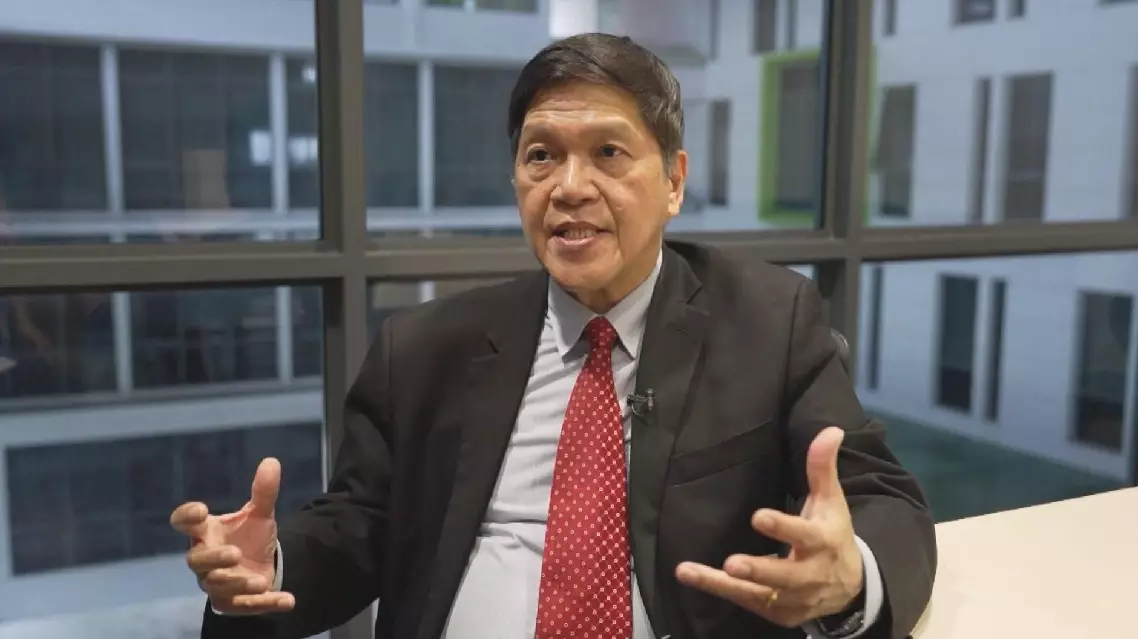
Boao Forum more indispensable in current rapidly-changing world: economist







